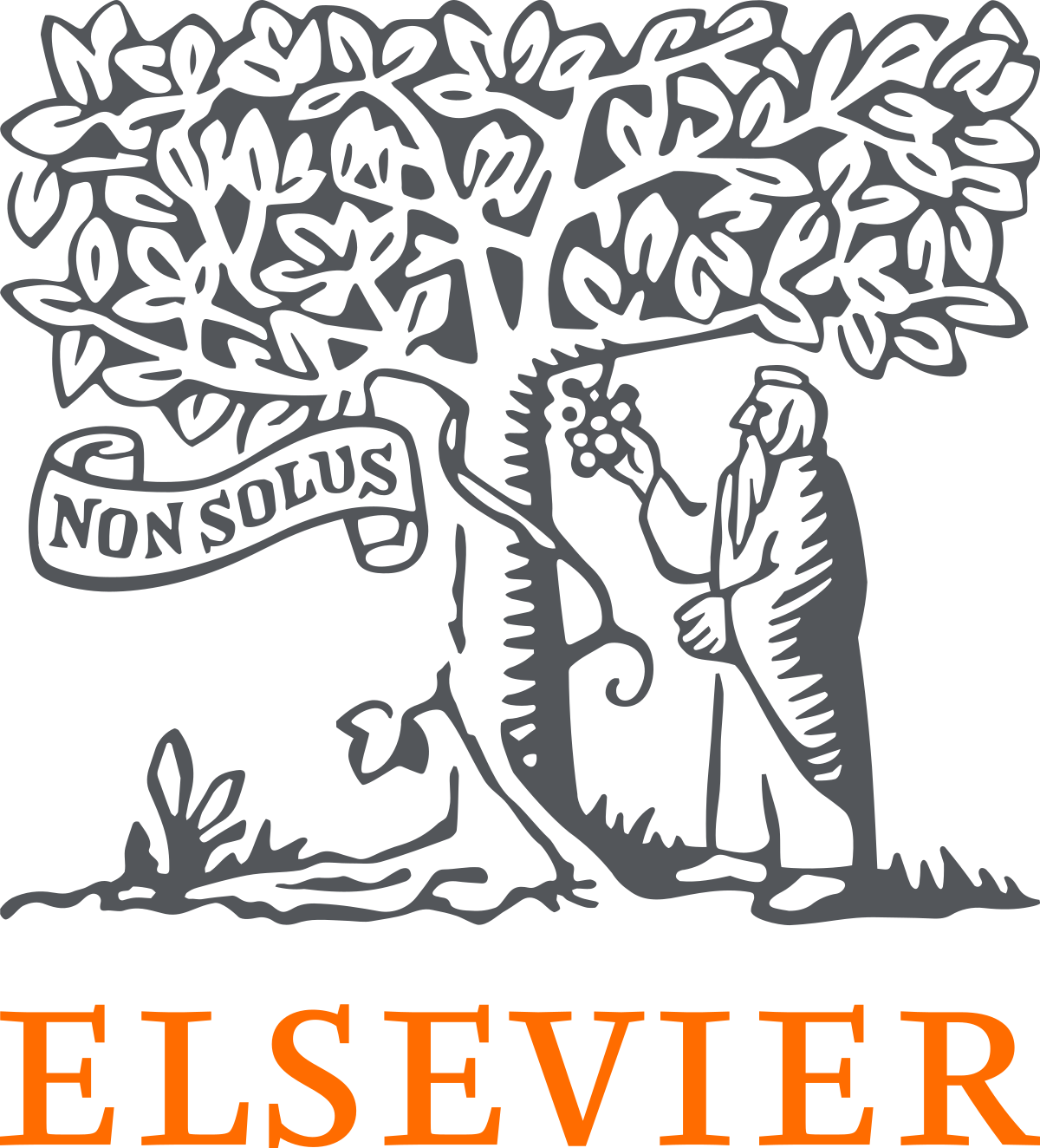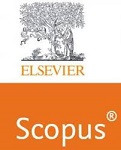Machine Learning and Deep Learning Multi-Modal Approaches in Mental Health Diagnosis: A Comprehensive Review
Keywords:
Deep learning, Healthcare, Machine learning, Mental disorders, Mental health diagnosisAbstract
This paper receives recent advancements in Machine learning (ML) and Deep Learning (DL) approaches applied to mental health diagnosis over the past years. We examine a range of techniques, including Supervised and Unsupervised learning, Natural Language Processing (NLP), and image recognition in neuroimaging. The review encompasses various data sources, such as electronic health records, social media and wearable sensor outputs, targeting diagnoses of depression, anxiety, bipolar disorder, schizophrenia, PTSD, anorexia nervosa and ADHD. The analysis explores the use of various machine learning (ML) models such as support vector machines, decision trees, random forests and ensemble methods. Findings also includes deep learning models such as CNNs, RNNs, transformer-based models, have been applied to multi-modal data such as texts, speech and image data to extract meaningful features and patterns that are indicative of mental health conditions. This review concludes by discussing implications of integrating ML and DL approaches into clinical practice, emphasizing the importance of interdisciplinary collaboration among data scientists and mental health professionals.
Downloads
References
Khosla M, Jamison K, Ngo GH, Kuceyeski A, Sabuncu MR. Machine learning in resting-state fMRI analysis. Magnetic resonance imaging. 2019;64:101-21. 10.1016/j.mri.2019.05.031
Fadaei S. New dominant color descriptor features based on weighting of more informative pixels using suitable masks for content-based image retrieval. International Journal of Engineering, Transaction B: Applications. 2022;35(8):1457-67. 10.5829/IJE.2022.35.08B.01
Hasan C, Jailani R, Tahir N, Desa H. Vertical ground reaction force gait patterns during walking in children with autism spectrum disorders. International Journal of Engineering, Transaction B: Applications. 2018;31(5):705-11. 10.5829/ije.2018.31.05b.04
Wang L, Li K, Hu XP. Graph convolutional network for fMRI analysis based on connectivity neighborhood. Network Neuroscience. 2021;5(1):83-95. 10.1162/netn_a_00171
Yang T, Al-Duailij MA, Bozdag S, Saeed F, editors. Classification of autism spectrum disorder using rs-fmri data and graph convolutional networks. 2022 IEEE International Conference on Big Data (Big Data); 2022: IEEE. 10.1109/BigData55660.2022.10021070
Hamidi H, Vafaei A, Monadjemi SAH. Analysis and evaluation of a new algorithmbased fault tolerance for computing systems. International Journal of Grid and HighPerformance Computing (IJGHPC). 2012;4(1):37-51. 10.4018/jghpc.2012010103
Eslami T, Saeed F, editors. Auto-ASD-network: a technique based on deep learning and support vector machines for diagnosing autism spectrum disorder using fMRI data. Proceedings of the 10th ACM International Conference on Bioinformatics, Computational Biology and Health Informatics; 2019. 10.1145/3307339.3343482
K. Setyo Nugroho, I. Akbar, and A. Nizar Suksmawati, “Seminar Nasional Hasil Riset Prefix-RTR DETEKSI DEPRESI DAN KECEMASAN PENGGUNA TWITTER MENGGUNAKAN BIDIRECTIONAL LSTM,” 2021.
Shao L, Fu C, You Y, Fu D. Classification of ASD based on fMRI data with deep learning. Cognitive Neurodynamics. 2021;15(6):961-74. 10.1007/s11571-021-09683-0
Karampasi A, Kakkos I, Miloulis S-T, Zorzos I, Dimitrakopoulos GN, Gkiatis K, et al., editors. A machine learning fMRI approach in the diagnosis of autism. 2020 IEEE international conference on big data (big data); 2020: IEEE. 10.1109/BigData50022.2020.9378453
Dvornek NC, Ventola P, Pelphrey KA, Duncan JS, editors. Identifying autism from resting-state fMRI using long short-term memory networks. Machine Learning in Medical Imaging: 8th International Workshop, MLMI 2017, Held in Conjunction with MICCAI 2017, Quebec City, QC, Canada, September 10, 2017, Proceedings 8; 2017: Springer. 10.1007/978-3-319-67389-9_42
Zuo X-N, Xu T, Jiang L, Yang Z, Cao X-Y, He Y, et al.Toward reliable characterization of functional homogeneity in the human brain: preprocessing, scan duration, imaging resolution and computational space. Neuroimage. 2013;65:374-86. 10.1016/j.neuroimage.2012.10.017
Craddock RC, James GA, Holtzheimer III PE, Hu XP, Mayberg HS. A whole brain fMRI atlas generated via spatially constrained spectral clustering. Human brain mapping. 2012;33(8):1914-28. 10.1002/hbm.21333
Rashno E, Rashno A, Fadaei S, editors. Fluid segmentation in neutrosophic domain. 2019 5th Iranian Conference on Signal Processing and Intelligent Systems (ICSPIS); 2019: IEEE. 10.1109/ICSPIS48872.2019.9066085
S. C. Guntuku, D. B. Yaden, M. L. Kern, L. H. Ungar, and J. C. Eichstaedt, Detecting depression and mental illness on social media: an integrative review, Current Opinion in Behavioral Sciences, vol. 18, pp. 43-49, 2017.
D. Spinczyk, M. Bas, M. Dzieciątko, M. Maćkowski, K. Rojewska, and S. Maćkowska, “Computer-aided therapeutic diagnosis for anorexia,” BioMedical Engineering OnLine, vol. 19, no. 1, pp. 53–53, Dec. 2020, doi: 10.1186/s12938-020-00798-9.
S. Paul, J. Kalyani, and T. Basu, Early Detection of Signs of Anorexia and Depression Over Social Media using Effective Machine Learning Frameworks. 2018.
J. A. Cully, D. E. Jimenez, T. A. Ledoux, and A. Deswal, Recognition and treat ment of depression and anxiety symptoms in heart failure, Primary Care Com panion to the Journal of Clinical Psychiatry, vol. 11, no. 3, pp. 103109, 2009.
P. López-Úbeda, F. M. Plaza-del-Arco, M. C. Díaz-Galiano, and M.-T. Martín-Valdivia, “How Successful Is Transfer Learning for Detecting Anorexia on Social Media?,” Applied Sciences, vol. 11, no. 4, pp. 1838–1838, Feb. 2021, doi: 10.3390/app11041838.
Smith SM. The future of FMRI connectivity. Neuroimage. 2012;62(2):1257-66. 10.1016/j.neuroimage.2012.01.022
M. De Choudhury, M. Gamon, S. Counts, and E. Horvitz, predicting depression via social media, in Proceedings of ICWSM, 2013, pp. 1-10.
A. Sharma, A. Jain, S. Sharma, A. Gupta, P. Jain, and S. P. Mohanty, “iPAL: A Machine Learning Based Smart Healthcare Framework for Automatic Diagnosis of Attention Deficit/Hyperactivity Disorder (ADHD),” Feb. 2023, [Online]. Available: http://arxiv.org/abs/2302.00332
Downloads
Published
How to Cite
Issue
Section
License

This work is licensed under a Creative Commons Attribution-ShareAlike 4.0 International License.
All papers should be submitted electronically. All submitted manuscripts must be original work that is not under submission at another journal or under consideration for publication in another form, such as a monograph or chapter of a book. Authors of submitted papers are obligated not to submit their paper for publication elsewhere until an editorial decision is rendered on their submission. Further, authors of accepted papers are prohibited from publishing the results in other publications that appear before the paper is published in the Journal unless they receive approval for doing so from the Editor-In-Chief.
IJISAE open access articles are licensed under a Creative Commons Attribution-ShareAlike 4.0 International License. This license lets the audience to give appropriate credit, provide a link to the license, and indicate if changes were made and if they remix, transform, or build upon the material, they must distribute contributions under the same license as the original.





